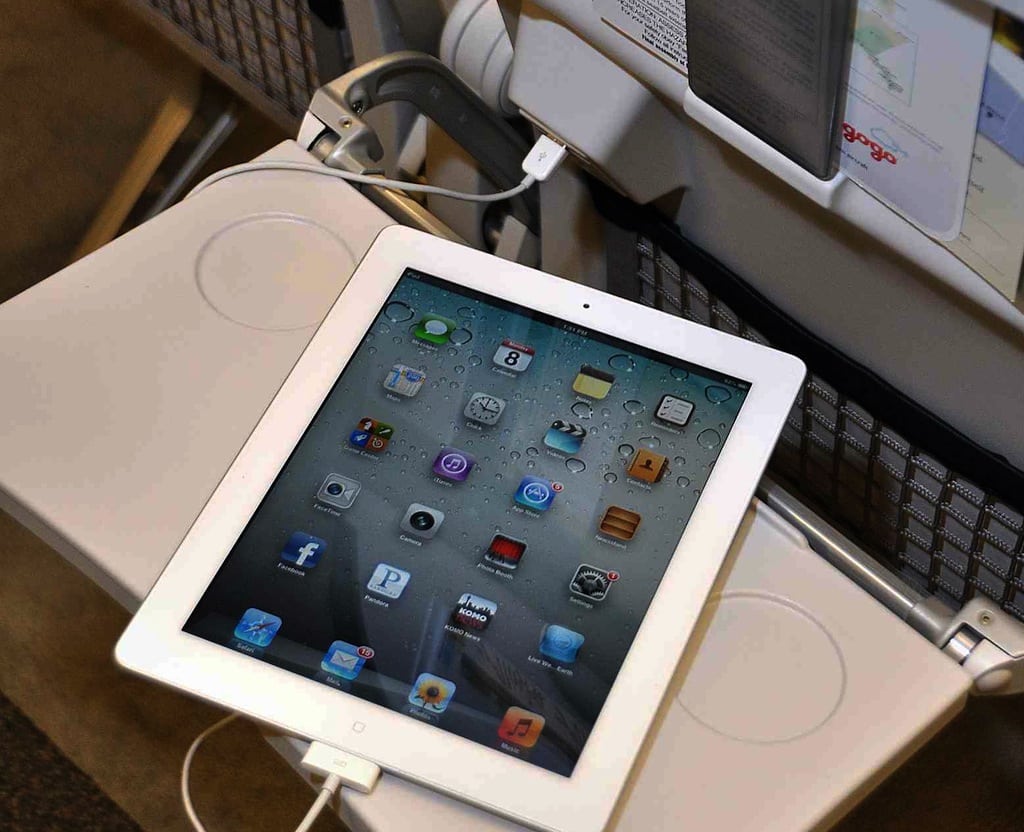FAA Approves In-Flight Electronics Usage if Airlines Pass Tests

Skift Take
We're all for getting rid of silly rules, but we're also fans of planes working. The FAA committee's recommendation that airlines base their decision on the age and type of planes they are flying -- even if that means we need to keep our Kindles off for 10 minutes -- seems to be the smart way forward.
The Federal Aviation Administration announced today that it will allow the use of electronic devices at all stages of flight, but that airlines will have to test their own aircraft to make sure there is no interference.
FAA Administrator Michael Huerta held a press conference today at Ronald Reagan Washington National Airport in Washington, D.C. to announce the agency’s response to a report and recommendations from the Portable Electronic Devices Aviation committee it established in January. The committee submitted on September 30 its recommendations on how the FAA should regulate the use of iPhones, Kindles, iPads and other devices from take-off to landing. [full report embedded below]
The FAA released a statement prior to the press conference that read, "The U.S. Department of Transportation’s Federal Aviation Administration (FAA) Administrator Michael Huerta today announced that the FAA has determined that airlines can safely expand passenger use of Portable Electronic Devices (PEDs) during all phases of flight, and is immediately providing the airlines with implementation guidance."
"Due to d

